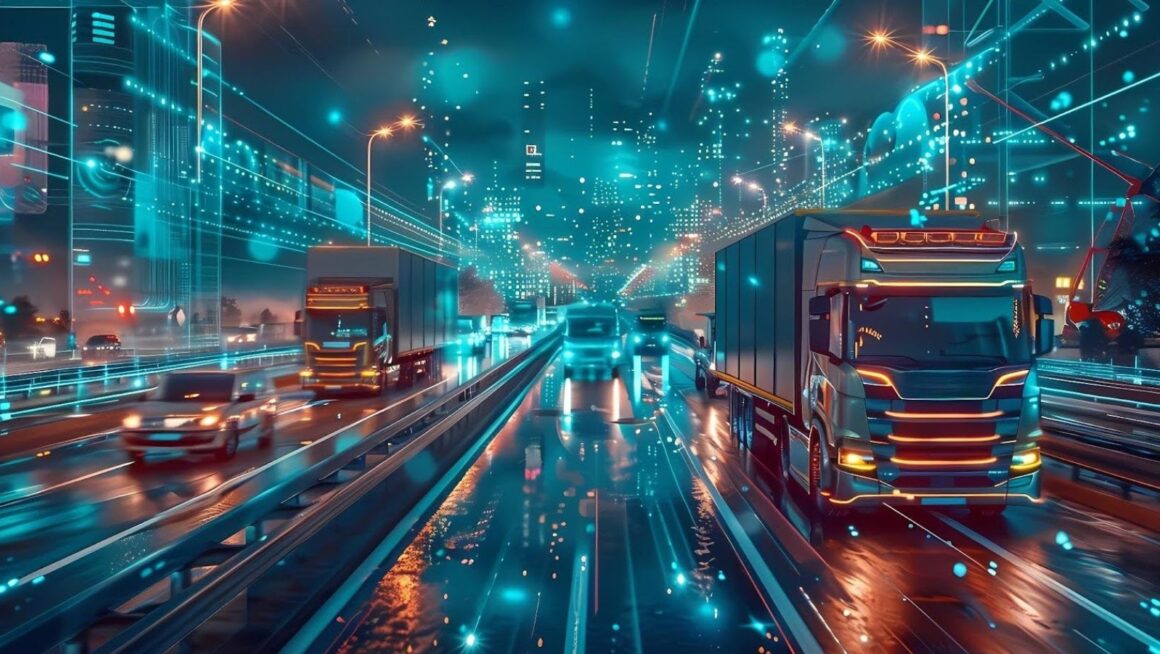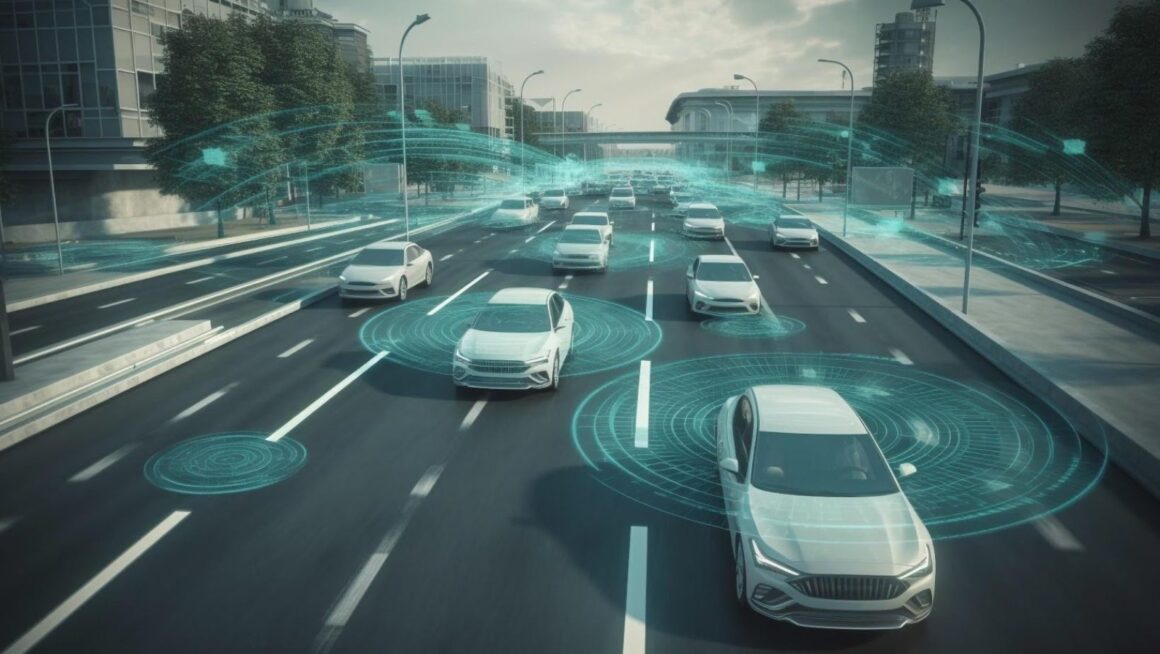Introduction
A few years ago, most people thought “AI on mobile devices” meant smarter photo filters or voice assistants. Today, it’s the invisible brain behind how cities move. From real-time traffic predictions to autonomous bus fleets and dynamic ride-sharing, AI and ML models trained on vast mobility datasets are turning smartphones into active sensors in a global transportation network.
The backbone of these systems lies in structured, high-quality ML data — from sensor readings and GPS signals to car plates data used for traffic flow analysis. Such datasets train algorithms that help transportation apps detect congestion, predict travel demand, and optimize fuel use. What began as an experiment in navigation has evolved into a fully mobile-driven ecosystem that actively shapes how people and goods move through cities.
The Rise of AI on Mobile Devices in Transportation
Modern transportation systems no longer rely on static sensors alone. Each smartphone contributes streams of data — GPS coordinates, accelerometer readings, Wi-Fi pings, and even driver behavior patterns.
AI models process this flood of data locally on devices and in the cloud, using techniques such as federated learning, where models learn collaboratively without transferring sensitive personal data. Google’s Android Auto, Apple Maps, and mobility platforms like Uber all rely on these techniques to maintain accuracy while respecting privacy.
According to a 2024 McKinsey report on urban mobility, mobile-integrated AI could reduce traffic congestion by up to 30% in dense urban areas when combined with predictive analytics and smart routing.
Machine Learning at Street Level: Key Applications
Let’s look at how AI and ML running on mobile devices are reshaping different layers of transportation.
| Application Area | Mobile AI/ML Function | Impact |
| Traffic Prediction | Mobile sensors collect live route data for ML models to forecast congestion. | Faster routing, reduced delays. |
| Smart Parking | Image recognition and geolocation from phones identify available parking spots. | Less time searching, lower emissions. |
| Public Transit Optimization | Mobile ticketing + predictive modeling estimate crowding and arrival times. | Better passenger experience. |
| Fleet Management | Driver apps use on-device ML to track routes, fuel use, and idle times. | Improved efficiency and safety. |
| Micromobility (e-scooters, bikes) | Mobile telemetry and demand prediction optimize unit distribution. | Higher utilization rates. |
Every interaction — a user checking transit times, or a courier completing a delivery — feeds new data back into learning loops. The more people move, the smarter the system becomes.
From Raw Data to Real-Time Decisions
Data itself isn’t valuable until it turns into decisions. Here’s how that process unfolds:
- Data Collection
- Mobile devices generate continuous mobility signals.
- Edge AI filters noise and anonymizes data before transmission.
- Model Training
- Datasets are used to train supervised and reinforcement learning models.
- Algorithms identify traffic patterns, demand peaks, and driver behavior anomalies.
- Real-Time Inference
- On-device ML engines (e.g., Apple’s Core ML, TensorFlow Lite) run predictions instantly.
- Systems adapt routes or reallocate vehicles dynamically.
- Feedback Loop
- Outcomes (e.g., faster trip time) feed back into model refinement.
How AI and Operational Data Work Together in Modern Transportation
AI and operational data (OD) form a feedback loop that keeps transportation systems efficient, safe, and adaptive.
Here’s how it works in practice — without diving into specific companies or cities:
- Traffic Flow Management – AI analyzes live OD from mobile devices, connected vehicles, and sensors to detect congestion patterns. It then predicts where delays will occur and automatically adjusts signal timing or suggests faster routes to drivers in real time.
- Vehicle Health Monitoring – Data from sensors and mobile diagnostics apps feed into ML models that predict when a part may fail. This allows maintenance teams to fix issues before breakdowns occur, reducing downtime and cost.
- Route and Demand Optimization – AI uses historical and real-time OD (trip data, passenger counts, weather) to forecast travel demand. Transit schedules and delivery routes are dynamically updated to match actual movement patterns.
- Energy and Emission Reduction – Operational data on speed, idle time, and driving behavior helps AI recommend more fuel-efficient driving and optimize fleet distribution — lowering overall emissions.
- Safety and Risk Analysis – AI models process OD such as braking frequency, acceleration, and proximity alerts to identify risky driving patterns or potential accident zones, triggering instant alerts or adaptive control responses.
In essence, AI turns operational data into intelligent motion — helping cities, companies, and individuals make faster, safer, and more sustainable transport decisions.
Mobile AI Meets Sustainability
One of the key benefits of AI-driven mobility is energy efficiency. Route optimization reduces idle time and unnecessary detours, lowering fuel consumption and emissions. Predictive maintenance monitors vehicle performance to prevent breakdowns and wasteful repairs, extending vehicle lifespan and reducing environmental impact. Demand forecasting balances the deployment of public and private transport, minimizing empty runs and promoting efficient use of resources.

In this way, AI isn’t just making transportation faster and more convenient — it’s making it cleaner and more sustainable. By combining smarter routing, proactive maintenance, and demand-aware scheduling, AI transforms urban mobility into a tool for reducing emissions, saving energy, and supporting greener, more efficient cities.
Challenges: Privacy, Data Bias, and Infrastructure
While the promise is enormous, there are challenges to overcome:
- Data Privacy: Mobile AI constantly processes sensitive information — from GPS locations and driving patterns to car plates data. Balancing the usefulness of such data with privacy compliance under frameworks like GDPR and CCPA is a major challenge. Techniques like federated learning allow AI models to train directly on devices without sending personal data to central servers, while differential privacy adds statistical noise to protect individual identities. These methods reduce risks, yet ensuring transparency and user trust remains essential for widespread adoption.
- Data Bias: If machine learning datasets mainly represent certain demographics, vehicle types, or geographic areas, predictions can become distorted. A model trained mostly on data from dense urban centers, for instance, may misjudge traffic behavior in rural zones. Promoting dataset diversity — including varied climates, road types, and populations—helps ensure fairness, accuracy, and equitable decision-making in AI mobility systems.
- Infrastructure: Real-time AI learning and communication rely on 5G networks, edge computing, and vehicle-to-everything (V2X) connectivity. However, global access to such infrastructure remains uneven. Without consistent high-speed networks and reliable local servers, intelligent transport systems may perform inconsistently, highlighting the need for broader digital investment and interoperability standards worldwide.
Looking Ahead: The Smartphone as a Traffic Node
The future of transportation will be decentralized. Each smartphone — whether in a taxi, bus, or pocket — acts as both a sensor and a decision-maker. Mobile AI will coordinate fleets, regulate traffic lights, and even prevent accidents before they happen.
As 5G and on-device ML mature, the line between individual and infrastructure will blur. Cities will move in unison — guided not by centralized control, but by millions of intelligent devices communicating seamlessly.
Conclusion
From the moment you open a navigation app to when your delivery arrives, AI on mobile devices is quietly orchestrating motion, safety, and efficiency. It’s the bridge between raw mobility data and real-time decisions — and the foundation of smarter, greener cities.
The journey from data to decisions doesn’t start in a control center anymore. It starts in your pocket.



